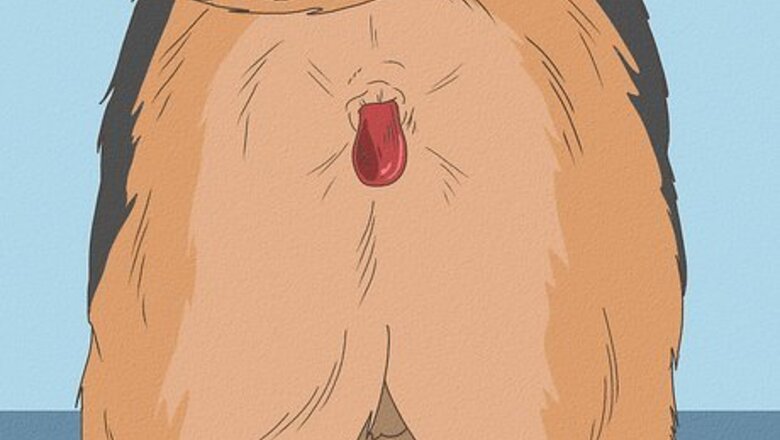
views
- A prolapse occurs when tissue protrudes from your dog’s rectum. This can also happen with a dog’s vagina, but it’s very rare.
- Take your dog to a vet as soon as you possibly can to get a diagnosis, since prolapse is a symptom of some other underlying problem.
- In all likelihood, your vet will suggest a minor surgical procedure to repair the problem and prevent it from occurring again.
- Soothe your dog’s digestive woes by giving them a teaspoon of olive oil and plenty of fresh water. You may need to change diets as well.
What is prolapse in dogs?
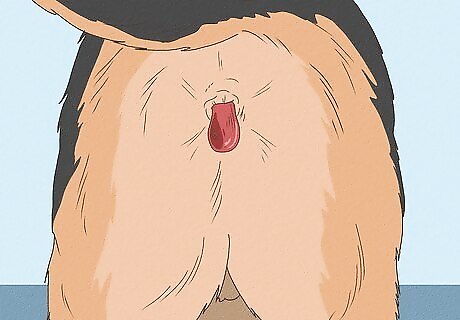
Rectal prolapse occurs when a portion of a dog’s rectum sticks out. If you see a protrusion sticking out of your dog’s anus, it’s probably their rectum mucosa. This is the tissue on the inside of your dog’s rectum, and when it sticks out, it’s called a rectal prolapse. There are two kinds of prolapse: Partial: Also known as a mucosal prolapse, this is when the tissue either sticks out a little bit or pops out and goes back in. Complete: If a chunk of tissue is protruding, it’s visible, and it remains outside of your dog’s body, it’s a complete prolapse.

Vaginal prolapse develops when a female dog’s vaginal tissue inverts. It’s basically identical to rectal prolapse in terms of what physically happens—the only difference is where. With vaginal prolapse, the tissue inside of your dog’s vagina is visible and sticks out past her vulva and labia. Vaginal prolapse seldom occurs and can be caused by UTIs and constipation. Vaginal prolapse is often accompanied by rectal prolapse.
Can you treat prolapse at home?
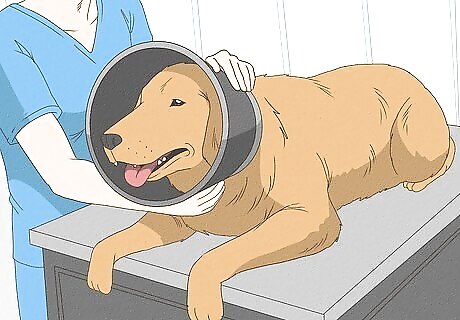
No, see a vet as soon as possible to get treatment. You cannot repair your dog’s prolapse at home without seeing a vet first. A prolapse may not be a “go to the vet right now” emergency, but a prolonged prolapse can lead to increasingly more dangerous and dramatic damage, so see your vet as soon as you possibly can. In the meantime, put a cone on your dog and keep the area moist until you can see the vet. A complete prolapse is a much more serious condition than a partial prolapse. The big problem with a prolapse is that your dog’s rectum or vagina is exposed to the open air. This creates a pathway for foreign bacteria to directly reach your pup’s internal organs. A prolapse is not a diagnosis, anyway—it’s a symptom of something else, like diarrhea or constipation. Your vet needs to see your dog to find the underlying cause that triggered the prolapse.
Symptoms
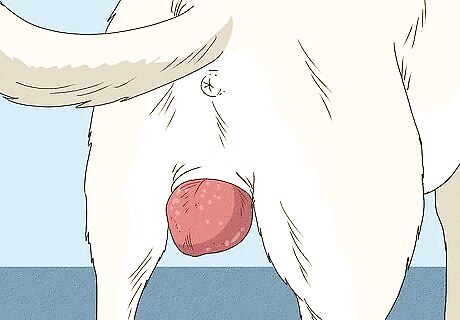
Tissue sticking out from your dog’s anus or vagina You shouldn’t see anything hanging out of your dog’s privates. If your dog’s anus or vagina looks swollen and inflamed to such a degree that you can see abnormal tissue, your dog has a prolapse.
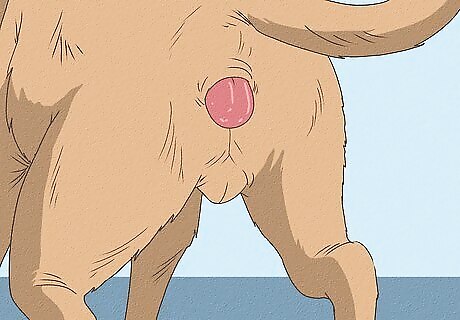
Tissue appearing when your dog is defecating In some cases, partial prolapses occur when a dog defecates but the rectum or vagina goes back to normal when they’re done. If you notice a chunk of red tissue popping out when your dog uses the bathroom, it’s a partial prolapse even if their anus or vagina goes back to normal.

Straining or difficulty using the bathroom A prolapsed anus or vagina is very uncomfortable, and your dog is unlikely to have an easy time using the bathroom. You may notice your dog taking a really long time choosing a spot to defecate or urinate, and they may spend an abnormal amount of time straining to relieve themselves. If you’ve got a long-haired breed and they’re taking an unusually long time to use the bathroom, pull their hair back when they’re done to make sure they don’t have a prolapse.
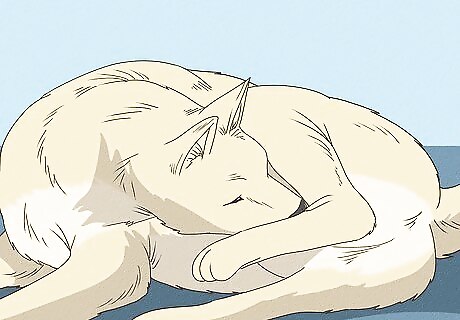
Excessive licking (vaginal prolapse only) Dogs will naturally try to clean and soothe themselves when they sense something is wrong with their genitals. When your dog has a prolapsed vagina, they’ll spend a lot of time and energy licking their vagina. If you happen to be breeding your dog right now, a dog with a vaginal prolapse will also refuse to breed.
Causes

Chronic constipation or diarrhea Any sort of irritation on your dog’s intestinal system can trigger a prolapse. If they’ve had diarrhea for an extended period of time, the pain can cause inflammation that leads to prolapse. Constipation may make your dog strain excessively, which will weaken their muscles and cause the prolapse, as well. When it comes to vaginal prolapse, UTIs are a common risk factor. If your dog just has general diarrhea or constipation, see a vet and go over your potential options. The treatment here could be as simple as adding fiber to your dog’s diet or changing their food.

Parasites Intestinal parasites, like roundworm, heartworm, and tapeworm, will cause all kinds of digestive irritation that can lead to a rectal prolapse. If you aren’t giving your dog preventative medications for worms, this is a likely trigger for your dog’s prolapse. If a dog has intestinal worms, they may vomit, have a pot-belly appearance, or seem more lethargic than normal. Treating worms is easy, but you do have to see a vet to get a diagnosis and medication.
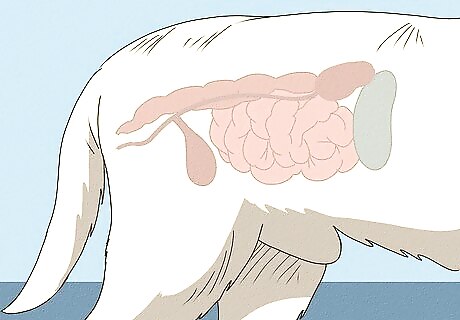
Gastrointestinal or urinary disease There are dozens of potential bacterial infections, viruses, or genetic conditions that could be triggering the prolapse. Basically, anything that impacts the digestive tract can cause this. It’s impossible to know what underlying disease is to blame here, so ask your vet to test your dog’s blood and perform a full workup.
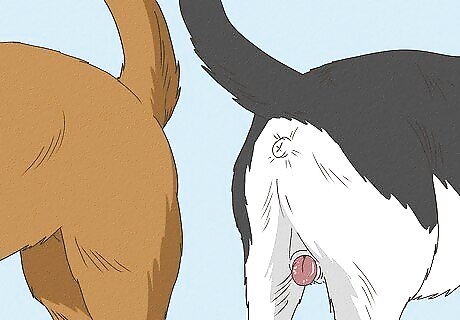
Forced separation (vaginal prolapse only) If your dog is actively copulating with another dog and you pull them apart once the male has inserted himself, it’s possible the friction triggers a vaginal prolapse. If you’re trying to mate dogs, do not pull them apart once they’ve latched.
Treatment
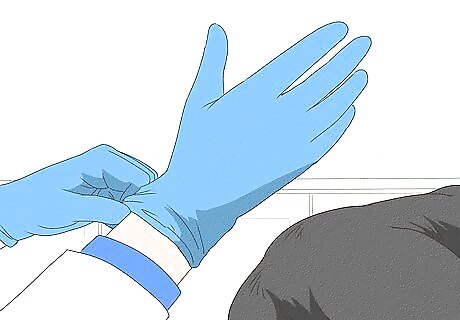
Physical correction If the prolapse is partial or minor, a vet may apply a topical anesthetic or give your dog an epidural injection and then physically push the tissue back into the rectum. Then, they’ll either give your dog probiotics, antibiotics, or a prescription diet to treat whatever the underlying condition is. So long as you treat whatever caused the prolapse, pushing the tissue back where it belongs may be all your vet needs to do. If the issue occurs again, your vet may recommend a minor surgical procedure to physically repair the problem.
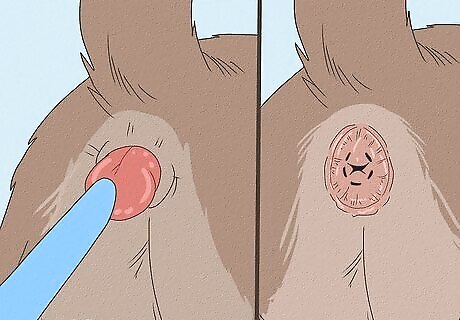
Perinal pure-string suture To ensure your dog’s rectum has time to heal, your vet may implement a pure-string suture to temporarily block the prolapse from recurring. After pushing the prolapse back into place, your vet will stitch a portion of your dog’s anus shut. Don’t worry, they’ll leave enough room for your dog to defecate, but the string will prevent the rectum from popping out. The suture should remain in place for at least 2-3 days. Depending on the material your vet chooses, you’ll either return to the vet to have the suture removed, or it will dissolve on its own.
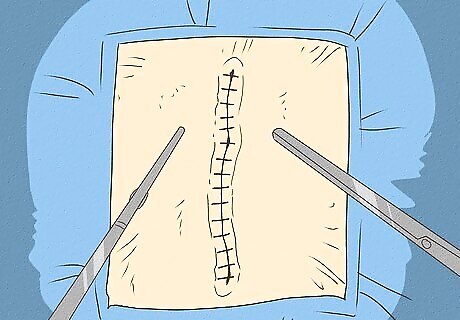
Colopexy For a more permanent solution, your vet may recommend a colopexy. This is the most common surgical intervention for a rectal prolapse. Your vet will sedate your dog and attach your dog’s colon to the abdominal wall. This will reduce any slack in the intestinal lining and keep the tissue from coming out of your dog’s anus in the future.
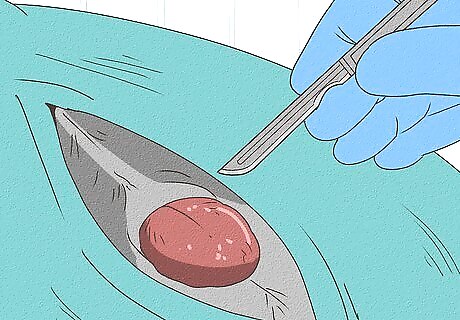
Rectal or vaginal resection As another permanent solution, your vet may recommend a resection. This is a minor surgery where your vet will simply remove the exposed tissue from your dog’s anus or vagina. This will protect your dog’s internal organs and prevent the same tissue from coming out of your dog’s anus or vagina going forward.
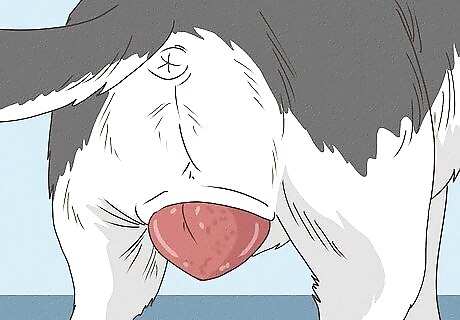
Estrogen removal (vaginal prolapse only) The tissue inside of a dog’s vagina becomes extremely inert when they don’t go into heat regularly. As a result, removing your dog’s estrogen source via medication or spaying will prevent this problem from recurring in the future. You can still breed a dog on medication for estrogen reduction, you just have to use artificial insemination.
Home Remedies
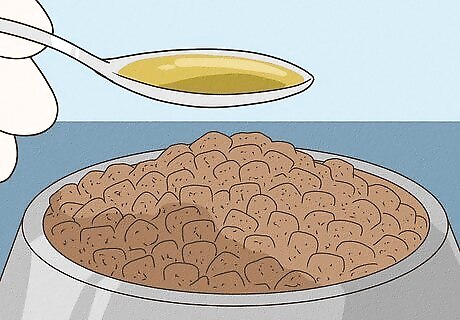
Try giving your dog a teaspoon of olive oil to help them defecate. Olive oil naturally reduces inflammation. It also happens to be slightly tricky for dogs to fully digest, which softens their stool. If your vet gives you the green light, add a teaspoon (5 ml) of olive oil to your dog’s food to soothe irritation and relieve constipation. Warning: If you happened to jump to this section of the article, know that these remedies are not treatments in themselves. Only a vet can treat rectal or vaginal prolapse in a dog, and you should consult a vet before trying any home remedies. Only follow these home remedies based on your vet’s recommendations. These treatments should only be pursued in addition to your prescribed treatment.

Give your dog access to plenty of fresh water. Drinking adequate water is essential when it comes to disturbing nutrients through your dog’s body, regulating your dog’s temperature, and helping your dog digest properly. Always keep water out for your dog and replace the water frequently. If they don’t drink enough, add a touch of chicken broth to the water to make it more enticing. Those automated water fountains are a great way to ensure your dog’s water doesn’t go stale.
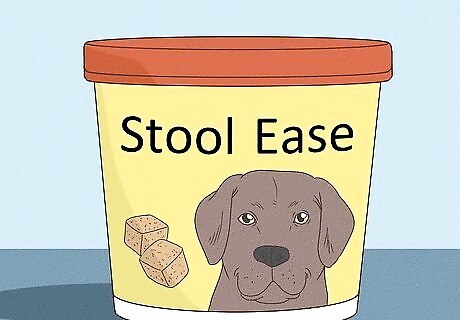
Add a stool softener to your dog’s daily diet. Your vet may suggest a supplement to help your pup handle occasional constipation. If your dog consistently has hard stools or struggle defecating, a daily stool softener can go a long way towards relieving their symptoms. The AKC recommends these soft chew stool softeners, but you can find a variety of options at your local pet store.
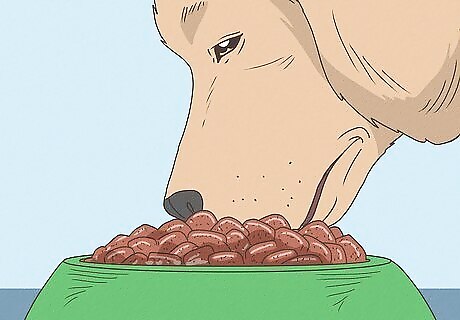
Feed your dog wet food if they struggle with kibble. Kibble tends to be very low moisture and wet food naturally has a lot of water in it. Switching from a dry food to a more digestible wet food may help your dog’s digestive woes. Consult your vet before swapping foods and moving to the wet stuff. You may want to do the opposite if your dog’s primary issue is diarrhea and you’re giving them wet food. Give the dry stuff a try!

For vaginal prolapse, put a cone on your dog and keep them clean. Vaginal prolapse often goes away on its own once your dog is no longer in heat (although it will likely come back in the future). Until then, put an Elizabethan collar on your dog so that they can’t lick or nip at the tissue. Keep your dog as comfortable as possible without leaving them.



















Comments
0 comment